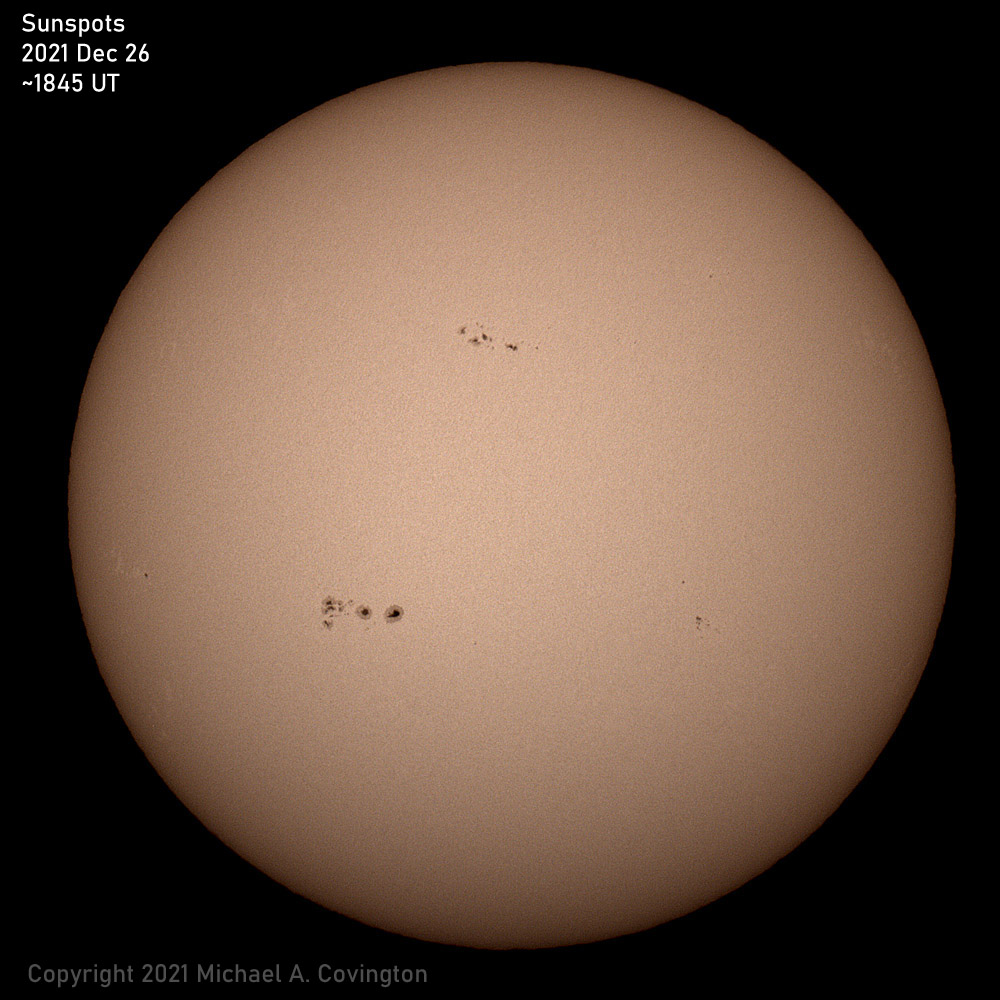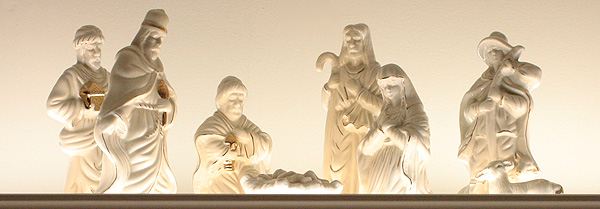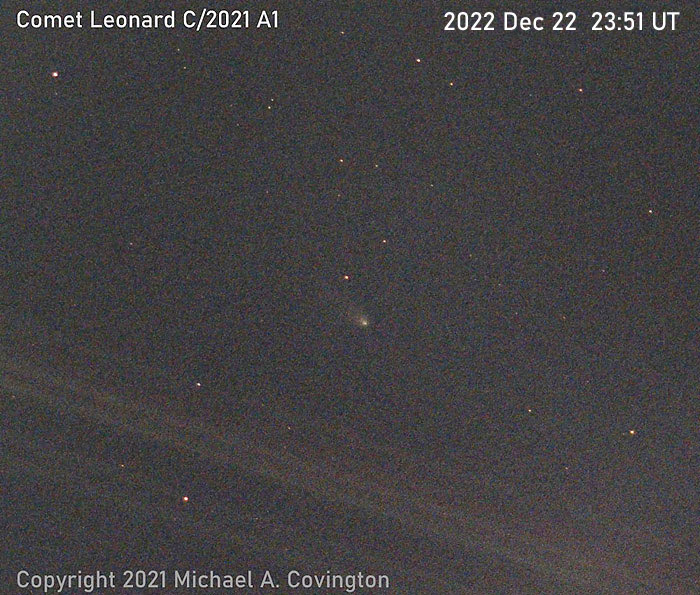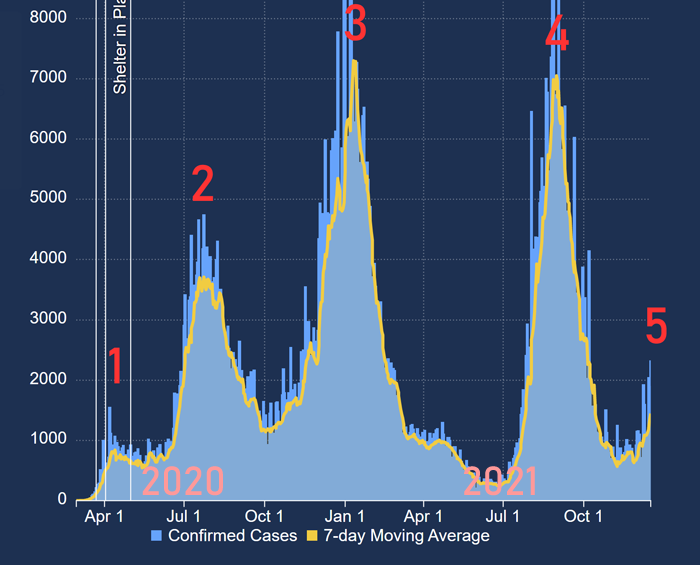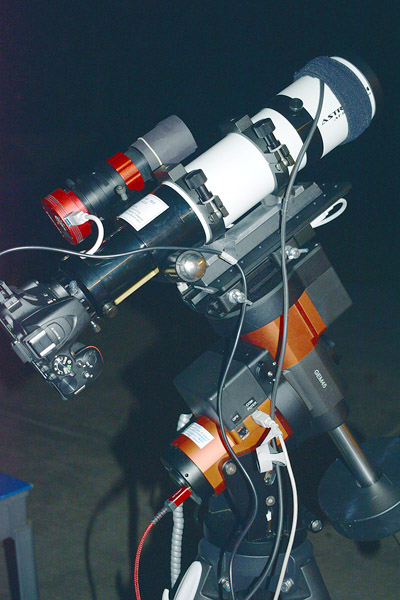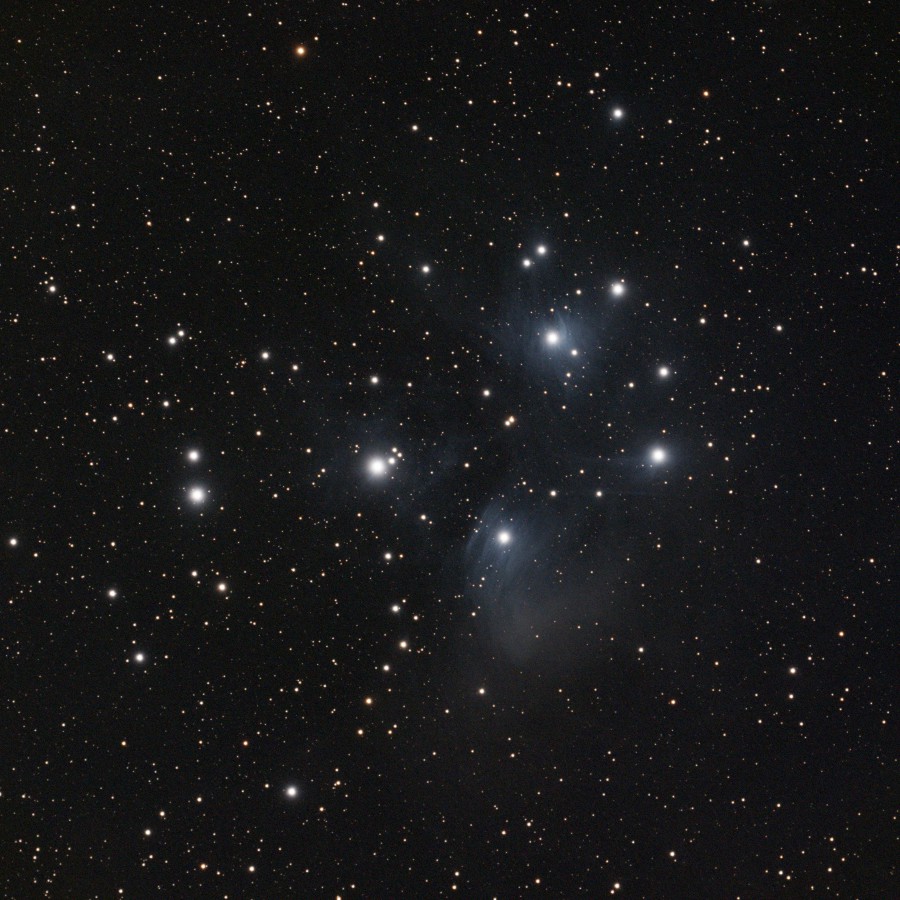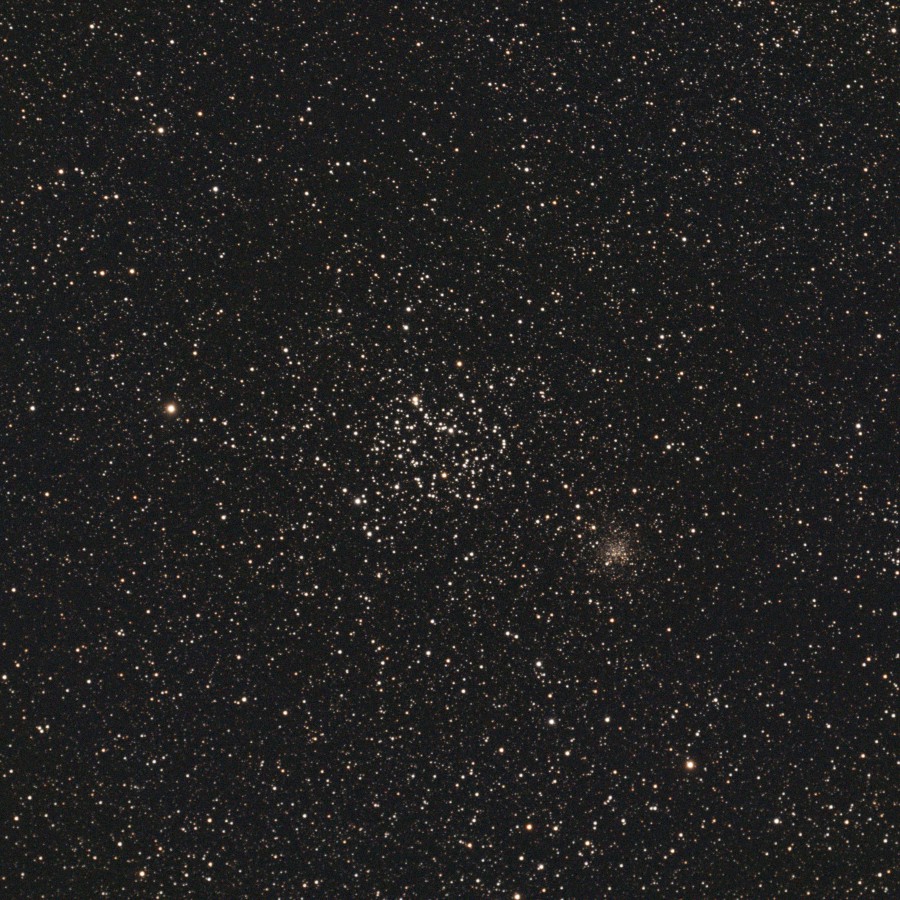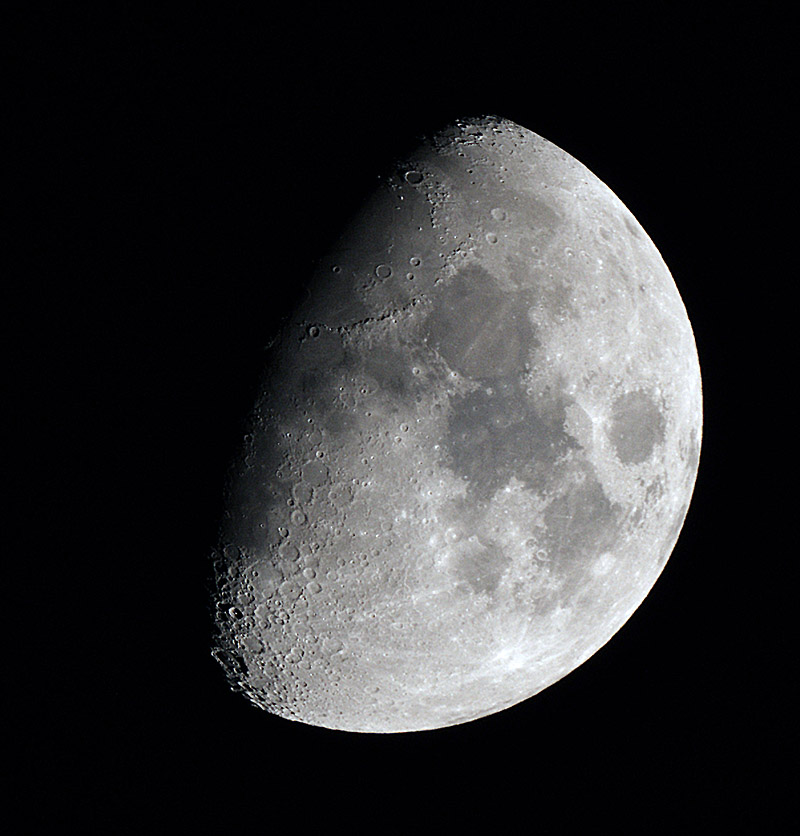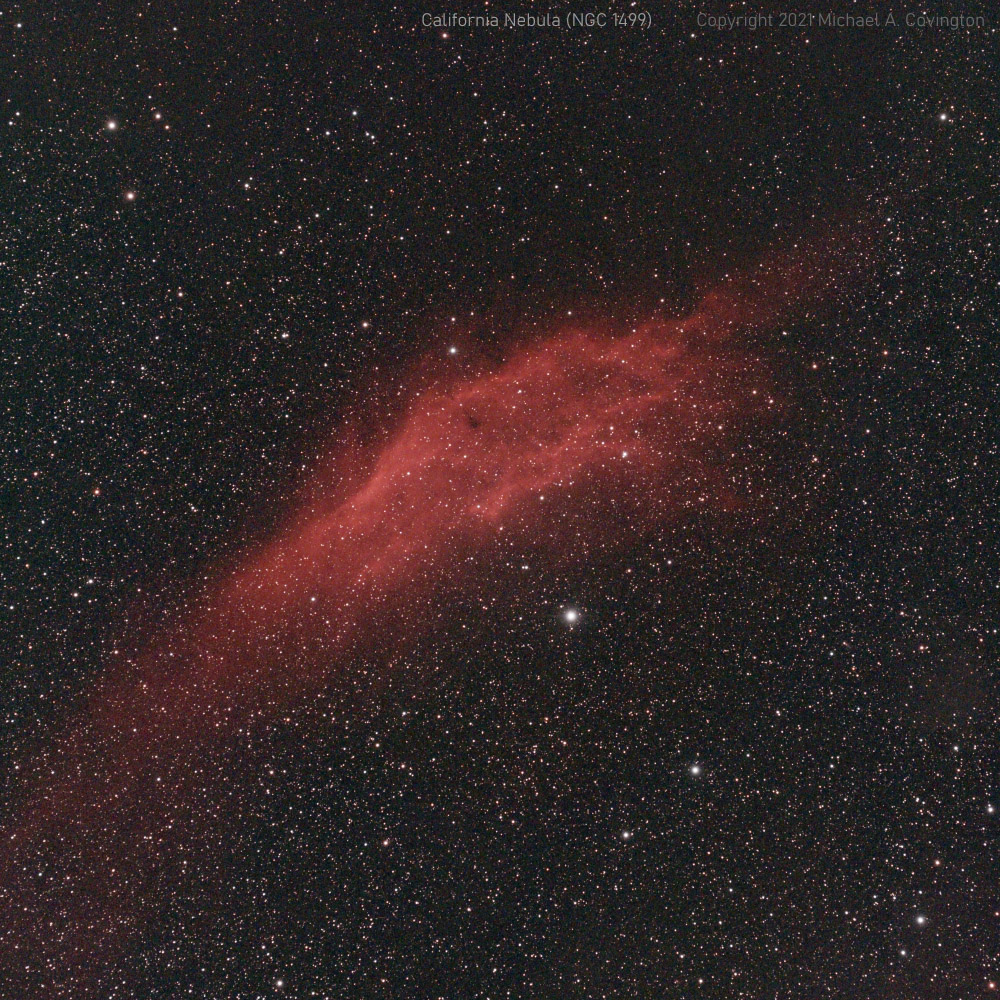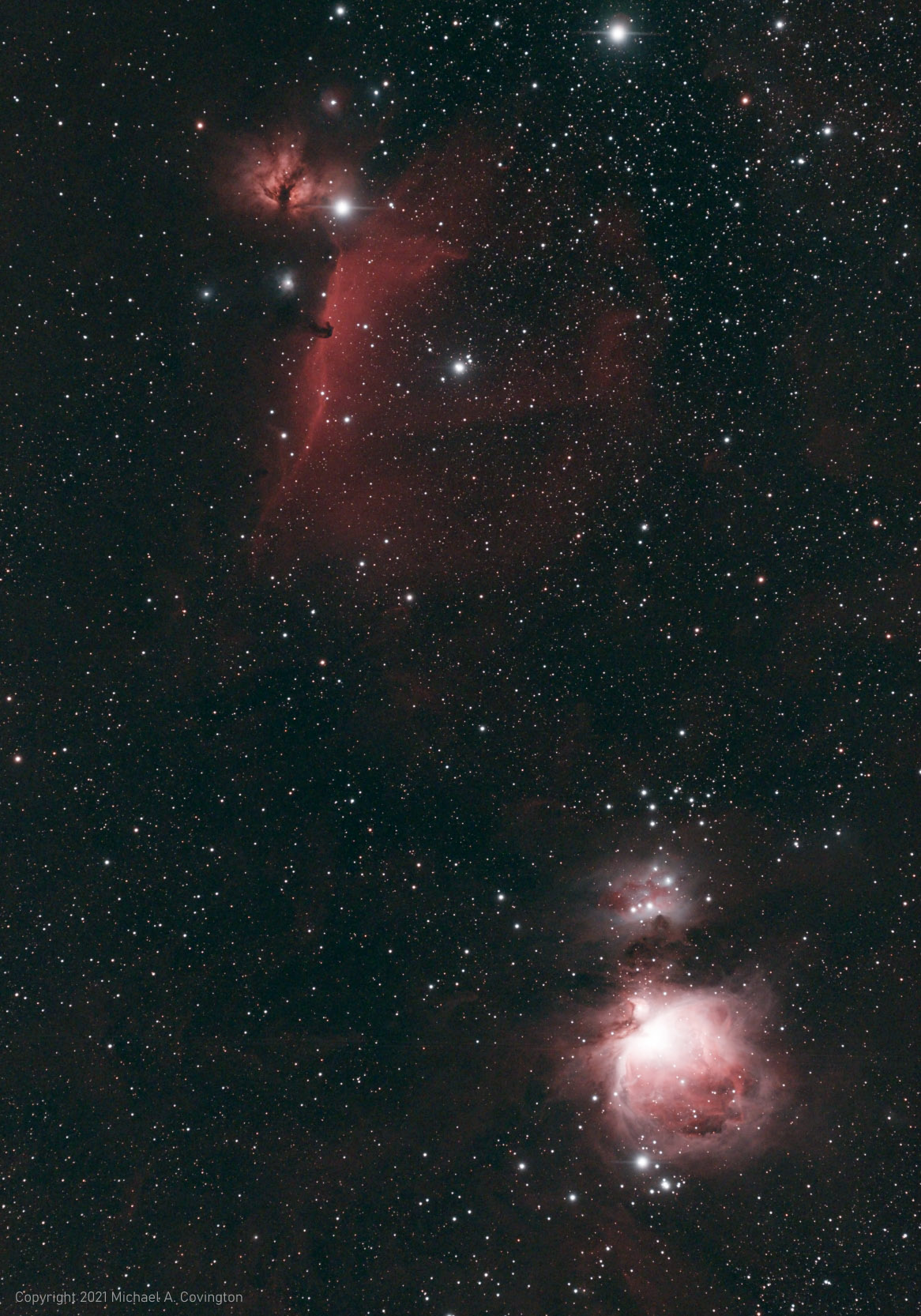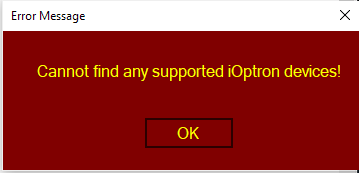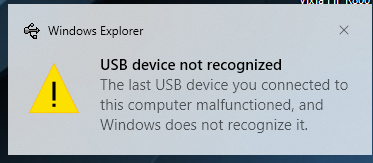|
Advice for software developers,
writers, artists, and musicians
Some of the best advice I've ever heard for software developers
probably also applies to writers, artists, and musicians.
That advice is: What you are creating occupies nearly your whole mind and life right now. It must not demand the whole mind and life of the users (the audience). Quite the opposite.
That is, you're spending months creating something elaborate. The software user should not have to spend months learning all the arbitrary details you've created. Your job is to work hard so the user doesn't have to.
The same goes for writing about other things. It was much harder work to write The Lord of the Rings than it is to read it. And that's why it's great! Tolkien uses Middle-Earth as the setting of a story, not as a thing you are required to study and master.
And for the other arts. Musicians and painters: We hear or see what you actually deliver to us. We shouldn't have to
seek out a complicated, semi-secret back story in order to "understand" it. If your work needs explaining, put it in a clear
artist's satement delivered to everybody, not to the gossip mill.
All this occurred to me in the context of a couple of conversations about 1970s songs that are prima facie
incomprehensible and require an unconfirmed back story (or one of several rival back stories) to make them understandable.
When listening to music back then, I didn't dig for back stories and trivia.
I just listened, and if I didn't enjoy a song, I'd listen to something else. That's how it should be.
Of course it's good to educate yourself about styles and genres so you can appreciate more art or music or literature,
just as when using software, you should educate yourself about the concepts behind what you're doing.
All that is very different from the kind of trivia I'm talking about.
Permanent link to this entry
Three Hallelujahs
I never resumed "Song of the Day" on facebook, but I have posted some songs of interest, with comments.
Here are three.
Nov. 16 — Leonard Cohen, "Hallelujah"
Song of the day — not actually one of my personal favorites, largely because I've heard it too much, but I want to write about it.
Leonard Cohen's "Hallelujah" is NOT a Christian hymn. I keep running into people (and even radio stations) who think it is. It seems to be catching on as a Christmas song.
If you want to adapt it to make a hymn, you should do so with your eyes open, knowing the entire context. For me, the best reason for not doing this is that it is already something else — a very well-crafted song in its own right — rather far from being a hymn.
But there are some good adaptations out there (my friend Diane Crosby composed one).
Cohen is a secular songwriter (and is Jewish). Many of his songs are about romantic or sexual encounters (e.g., "Suzanne"),
and this appears to be one of them. It is certainly about some kind of encounter with someone. "I didn't come to London just to fool you..."
People hear the Biblical words in it and assume it's a hymn. It's a song about (among other things) King David and his adultery with Bathsheba — except that for one line he seems to turn into Samson and get tied to a kitchen chair. "Hallelujah" is Hebrew for "Praise the Lord" and in this song seems to be intoned as a question or expression of doubt rather than an acclamation.
"Well, maybe there's a God above," it says. That's a reflective song, and maybe a good one — but not a hymn.
You can see the full lyrics here among other places.
Read carefully. Again, I'm not saying you shouldn't like this song, only that you shouldn't mistake it for a hymn.
Dec. 19 — "Light of the Stable"
Sacred music for Sunday. "Hail, hail, to the Newborn King" a.k.a. "Light of the Stable"
is a new(ish) Christmas song from 1975, which I rather like. Its lyrics are very short, which is perhaps its biggest weakness.
I am posting it here, actually, as background to the next song (below).
You can see the full lyrics and other information here.
Dec. 21 — Nana Mouskouri, "Alléluia"
This song has the same tune as "Light of the Stable" but is quite different.
Though it's about thanking God, this is not a hymn.
By happenstance, because of when we first encountered it, it became,
for me, a song of thanks after Melody's difficult heart surgery 20 years ago.
The lyrics are in French; click here to see them.
(Bizarrely, several other lyrics sites give, under this title, the lyrics to completely different, unrelated songs.
The ones you want start with "Merci pour l'enfant qui rit.")
Below is my rough translation,
which is not singable:
Thanks for the laughing child,
For the sky that cries a few tears,
Thank you for the evening wind,
For the song of hope of a woman.
Hallelujah, Hallelujah, Hallelujah, Hallelujah!
Thanks for the friend for a day
That still lives in my memory
And for these millions of loves
Of which history will not speak.
Hallelujah, Hallelujah, Hallelujah, Hallelujah!
Thanks you for your eyes so clear
And for the way they sing
Thanks for you and for everything,
For chance meetings.
Hallelujah, Hallelujah, Hallelujah, Hallelujah!
Thanks for this universe
Which goes wrong but turns around,
Thanks for the life that keeps you busy
Until the last breath.
Hallelujah, Hallelujah, Hallelujah, Hallelujah!
Permanent link to this entry
And a couple more songs
Also from things I shared on Facebook.
Dec. 22 — Bach, Toccata and Fugue in F Major
This is another Bach toccata and fugue, not the dramatic one you've heard so often.
This one sounds a lot more like Bach's other work.
Dec. 26 — Dan Fogelberg, "Yule Dance"
Song of the day. Presented without comment. It's good. Listen to it.
Dan Fogelberg's Christmas album is possibly the only one by a popular non-religious performer on which I don't skip ANY of the tracks.
Along with traditional songs, he has original compositions such as this.
I think part of Fogelberg's character is great respect for the audience and for the music he is performing
(whether or not he composed it himself).
He delivers good things for us to hear, not things chosen to cultivate his image or his fan base.
He doesn't turn everything into a Fogelberg song the way Elvis turned everything into an Elvis song.
He performs the music.
Permanent link to this entry


|




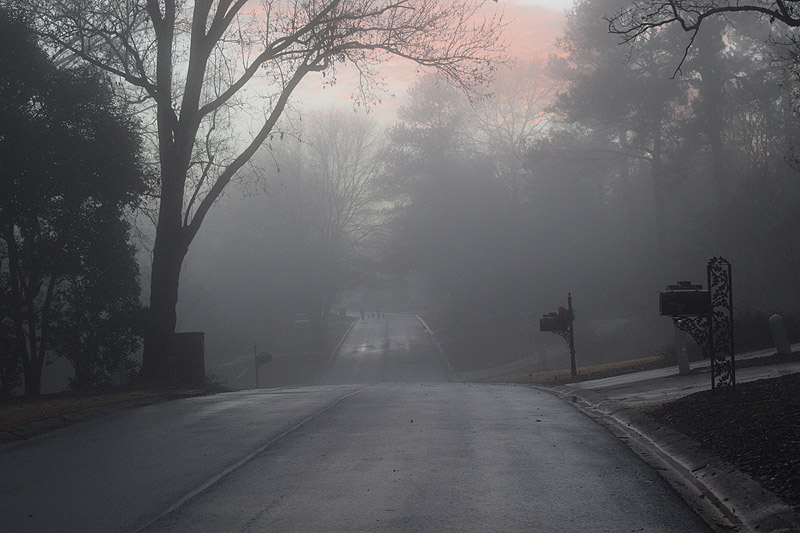
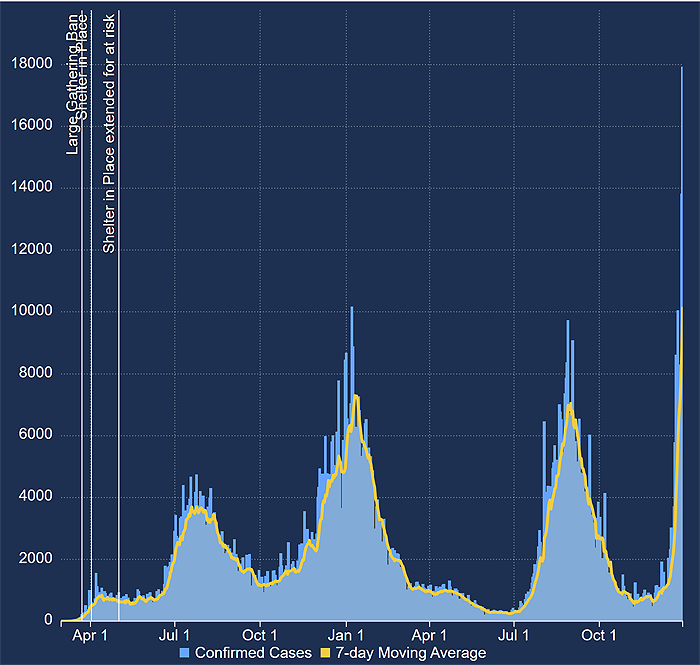
_(retouched).jpg)
